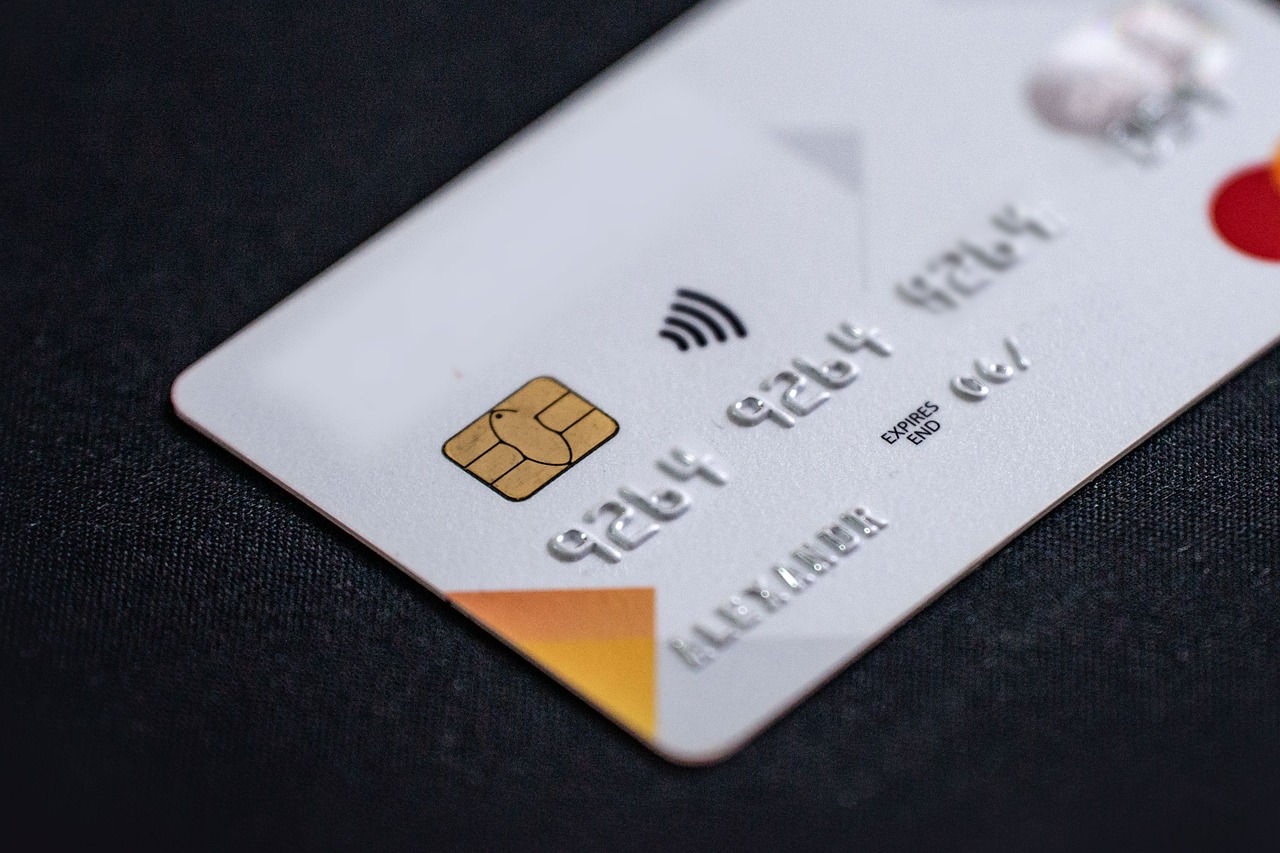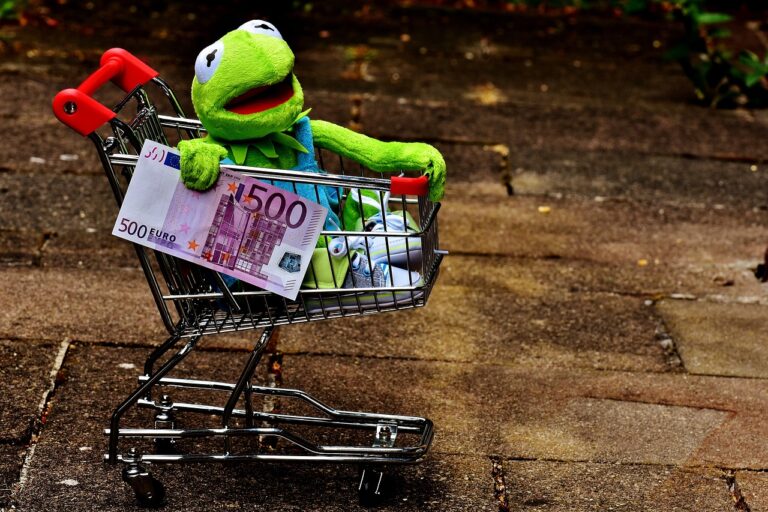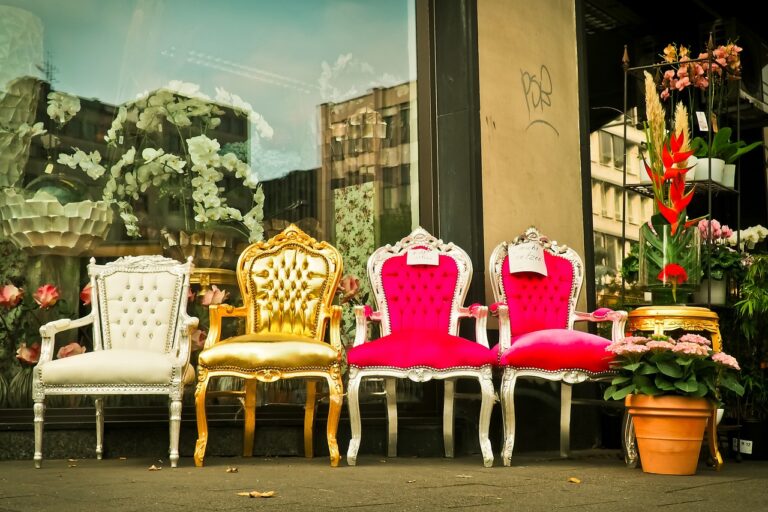The Psychology of Color in Retail Branding and Store Design
Understanding color theory is essential when it comes to creating visually appealing designs. The color wheel, which consists of primary, secondary, and tertiary colors, serves as the foundation for understanding how colors interact with each other. By knowing the relationships between these colors, designers can effectively create harmonious color schemes that bring balance and cohesion to their work.
In addition to the color wheel, it’s important to consider aspects like hue, saturation, and brightness when working with colors. Hue refers to the pure color itself, while saturation relates to the intensity or purity of the color. Brightness, on the other hand, determines how light or dark a color appears. By manipulating these elements, designers can evoke different emotions and reactions from their audience, making color theory a powerful tool in the world of design.
The Impact of Color on Consumer Behavior
Color plays a significant role in influencing consumer behavior. The choice of colors in marketing and branding can evoke various emotions and perceptions in consumers. For example, warm colors like red and orange are often associated with energy and excitement, while cool colors like blue and green can convey a sense of calm and trustworthiness.
Moreover, cultural and personal experiences also play a crucial role in how individuals interpret colors. Different demographics may have unique associations with certain colors, impacting their purchasing decisions. Therefore, businesses must carefully consider the psychological implications of color choices in their marketing strategies to effectively connect with their target audience.
Choosing the Right Colors for Your Brand
Color plays a crucial role in shaping the identity of a brand. When selecting the right colors for your brand, it is vital to consider the emotions and associations that different colors evoke. For example, blue is often perceived as trustworthy and dependable, making it a popular choice for finance and technology brands.
On the other hand, red is commonly associated with energy and passion, making it a popular option for brands looking to convey a sense of excitement or urgency. By understanding the psychological impact of different colors, you can strategically choose colors that align with your brand values and evoke the desired emotional response from your audience.
What is color theory?
Color theory is a set of principles that explain how colors interact with each other and the emotions they can evoke in individuals.
How does color impact consumer behavior?
Colors can have a significant influence on consumer behavior, as they can evoke certain emotions and perceptions that can affect purchasing decisions.
How can I choose the right colors for my brand?
When choosing colors for your brand, consider the emotions you want to convey and the message you want to send to your target audience. It’s important to choose colors that align with your brand values and resonate with your target demographic.
Should I consider cultural differences when choosing colors for my brand?
Yes, it’s important to consider cultural differences when choosing colors for your brand, as certain colors can have different meanings and associations in different cultures. Conducting research on the cultural significance of colors in your target markets can help ensure that your brand colors are well-received.
Can I use multiple colors for my brand?
Yes, you can use multiple colors for your brand, but it’s important to maintain consistency and ensure that the colors complement each other. Using a color palette can help you create a cohesive brand identity that resonates with your audience.







